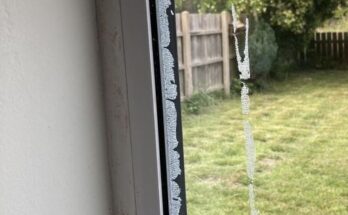Introduction The cast iron plumb bob with string, also known as the vertical level antique plumb bob, is a tool that has been used for centuries. It holds a significant place in the history of construction and surveying. This simple yet effective device has played a crucial role in building some of the world’s most iconic structures.
Historical Background The plumb bob’s origins trace back to ancient Egypt and Mesopotamia, where builders and surveyors used stone and bronze versions to ensure vertical accuracy in their constructions. The use of cast iron became prevalent in the 19th century, offering greater durability and precision.
Design and Usage A traditional plumb bob consists of a weight, typically cast iron, attached to a string or cord. When suspended, the weight pulls the string taut, creating a perfectly vertical line, or plumb line. This line helps builders and surveyors establish true vertical points, essential for constructing walls, columns, and other structural elements.
Legacy and Modern Relevance The vintage cast iron plumb bob is more than just a tool; it represents the ingenuity and craftsmanship of earlier civilizations. While modern technology has introduced advanced tools like laser levels and digital inclinometers, the plumb bob remains a symbol of precision and reliability in the construction industry.
Collectors and enthusiasts often seek out these antique plumb bobs, appreciating their historical value and the craftsmanship involved in their creation. They serve as a tangible connection to the past, reminding us of the foundational techniques that have shaped modern construction practices.
The vintage cast iron plumb bob with string stands as a testament to the enduring principles of construction and engineering. Its legacy continues to influence modern tools and techniques, reflecting the timeless quest for accuracy and reliability in building and surveying.



